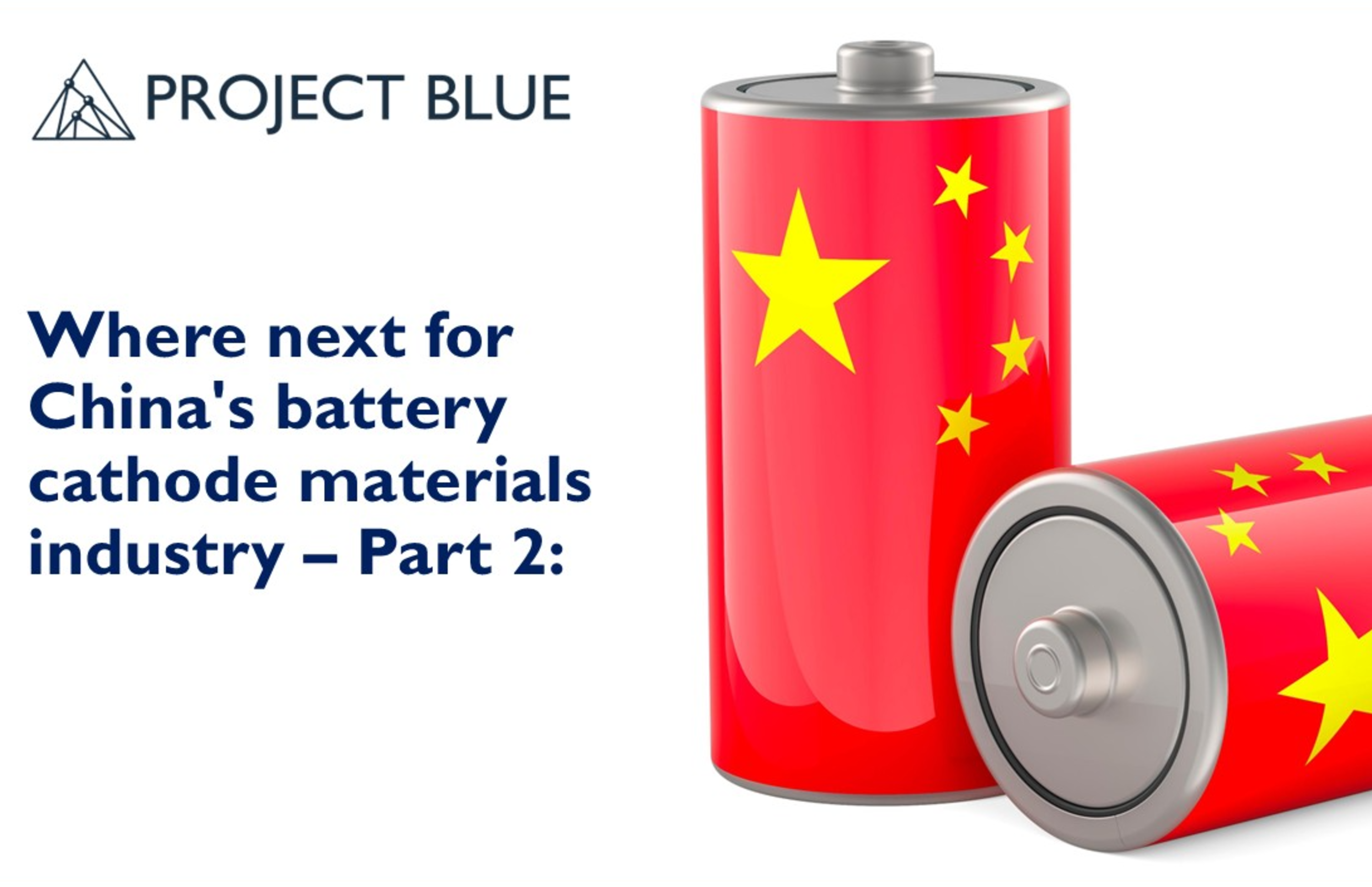Where next for China's battery cathode materials industry - Part 2:
Opinion Pieces

4
Jun
2025
Where next for China's battery cathode materials industry - Part 2:
Project Blue recently attended the China International Battery Fair (CIBF), China’s largest battery exhibition, and from a battery materials perspective, provides a 3-part series to share our exclusive insights into the development status and trends under the current backdrop of slowing demand growth.
This is Part 2 of the series - you can read Part 1 here.
Ternary cathodes look to gain new traction in technology resurgence
Compared to the European market where ternary materials dominate, the market share in China has been continuously eroded by LFP in recent years, although new avenues for growth are emerging. Against this backdrop, the industry holds the following outlooks for ternary materials in product development and downstream demand.
High-voltage and single-crystallisation is the focus for mid-nickel, whilst the coexistence of single-crystal and polycrystalline exists for high-nickel
Currently, the direction of product upgrades among manufacturers is largely aligned. The shipment structure of ternary materials is predominantly composed of mid-to-high nickel variants (Ni6 & Ni8), while ultra-high nickel material shipments have underperformed expectations in terms of US$/kWh costs and safety. Mid-nickel materials are being upgraded toward high-voltage and single-crystallisation.
On one hand, elevating the upper cut-off voltage of mid-nickel materials from 4.2V to 4.5V increases battery capacity by approximately 10%, significantly narrowing the capacity gap with conventional high-nickel (Ni8) materials.
On the other hand, single-crystal mid-nickel materials demonstrate enhanced structural stability and superior cycling performance under high-voltage conditions. For high-nickel materials, diversified designs, encompassing single-crystal, polycrystalline, and hybrid single-crystal/polycrystalline structures have emerged to meet varied performance requirements.
The structural fracture of polycrystalline high-nickel cathode material particles during charge-discharge cycles disrupts electron and ion transport pathways while increasing particle surface area, which aggravates side reactions with the electrolyte and significantly impacts cycling stability.
Therefore, polycrystalline high-nickel cathodes are mainly used in high-rate batteries, whereas single-crystal high-nickel cathodes are primarily employed in batteries requiring high cycle stability. Hybrid high-nickel ternary materials also remain a mainstream option, as adjusting their ratios enables improved energy density while maintaining cycling performance and safety.
Stable demand for mid-nickel high-voltage and long-term growth potential for high/ultra-high-nickel
Mid-nickel, high-voltage ternary materials achieved stable mass production with high-volume shipment last year. From a mid-to-long-term perspective, downstream manufacturers prioritise these materials for multiple vehicle types, including BEV, hybrid, plug-in hybrid and range-extended models due to a balance of cost, performance, and safety considerations.
For high-nickel and ultra-high-nickel materials, market growth expectations are primarily anchored to large cylindrical batteries and solid-state batteries. These battery types exhibit stronger compatibility with high/ultra-high nickel cathodes due to process requirements and performance specifications.
As large cylindrical and solid-state batteries gradually achieve mass production, demand for high-nickel and ultra-high-nickel materials is anticipated to rebound.